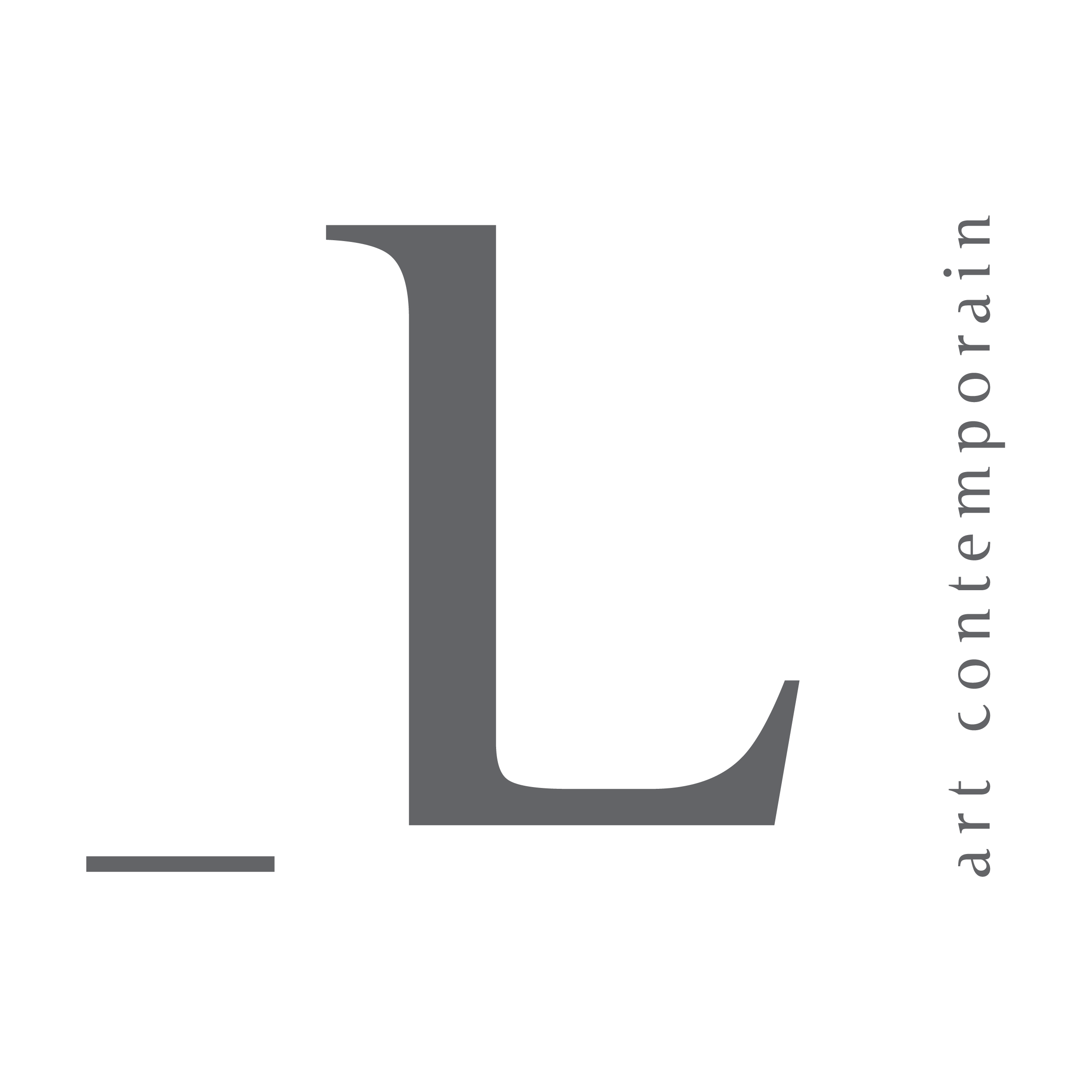Niura Bellavinha and Philippa van Loon

Vernissage September 12, 2019 at 6PM
Exhibition Until October 29, 2019

Download PDF
for more information
Red is one of the first colors used by artists in the Paleolithic era. The prehistoric cave paintings of Altamira in Spain, dating from 15,000 to 16,500 BC, are early examples of red ochre painting. Red was also important in ancient China, with examples of black and red pottery dating from 5000 to 3000 BC. In Egypt, traces of red ochre were found on a painter’s palette inside the tomb of King Tutankhamun. The color red has always held a particular significance for cultures around the world, and in Western culture this warm color is most often associated with love.
Using distinct references, Niura Bellavinha and Philippa van Loon engage in a dialogue through the color red, which is rooted in the worlds of both artists through femininity, fluidity, environment, and emotion.
Niura Bellavinha was born in Brazil, in the region of Minas Gerais, known for the richness of its mines and precious stones, where the earth has a deep iron-red hue. As a child, Bellavinha was introduced by her father to the red-lacquered wooden panels of the Chapel N.S. do Ó in Sabará, Minas Gerais, originally from Macao missionaries. Later, the artist revisited these red panels in her paintings, infused with history. Bellavinha also uses urucum (annatto), a red pigment traditionally used by Indigenous peoples of South America in body painting. For the artist, red is a pure flow of life, where white emerges as light radiating from the canvas.
Philippa van Loon expresses herself through multiple mediums. Drawing is central in her Goddesses series, a set of preparatory studies for bronze sculptures of goddesses. Using the body of a Barbie doll as a model, she reimagines it in a higher state of consciousness by referencing religious figures. In this altered state of the iconic doll, she unites the influences of her father, an archaeologist, and her mother, a yoga teacher. The creation of the Goddesses sculptures aims to leave new traces of our civilization. By keeping the form of the Barbie doll but transforming its material from plastic to bronze, the Goddesses are elevated from consumer objects to works of sculpture. In her Bodies series, drawings reveal a state of reflection or existence that uses the body to convey emotion. The artist adopts the female form to express multiple emotional states. In the spirit of Louise Bourgeois, red evokes a vast cultural register tied to femininity: from menstruation to symbols of fertility and purity.
Red also appears as a reference in the works of artists such as Henri Matisse, with his Red Studio, and the Brazilian artist Cildo Meireles, with his Desire for the Red. We invite you to explore the richness of the color red through the worlds of Niura Bellavinha and Philippa van Loon.
